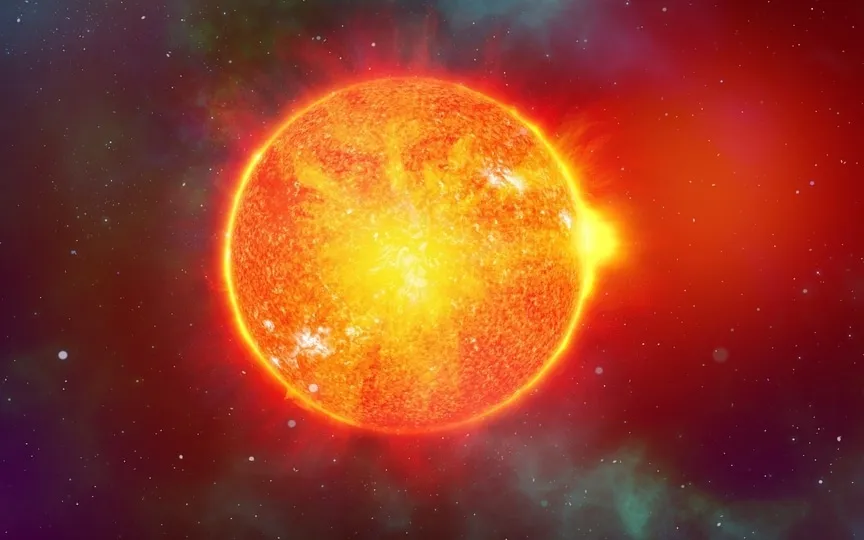Impending solar storm to reach Earth by January 1, promising visible auroras in high latitudes.
As 2024 draws near, the occurrence of solar storms, solar flares, geomagnetic storms, and other solar events is expected to rise. Scientists have predicted that solar cycle 25 will reach its peak, known as solar maximum, in mid-2024. During this phase, the Sun will have the greatest number of sunspots, which are active regions that produce solar flares. These sunspots are responsible for sending potentially dangerous solar storms towards Earth. A recent report has indicated that Earth may be hit by a solar storm, with a possibility of generating auroras. Learn more about this upcoming event.
Solar storm today
According to space physicist Dr. Tamitha Skov, a solar storm was launched towards Earth on December 25. That leads to high-speed solar winds that are expected to increase solar flares and solar storm activity over the next four days. According to the report, there is a 30 percent chance of a small solar storm on January 1, the first day of the new year. Such storms can cause more damage than normal. They can damage small satellites, affect mobile networks and GPS, and even pose a threat to ground-based electronics and power grids by vastly increasing the magnetic potential.
Although there is still time for the solar storm to approach, the northern lights can be observed today, December 29. According to the report, the northern lights can be seen at high latitudes.
How are the northern lights formed?
According to NASA, when a solar storm interacts with the Earth’s magnetic field, it leads to the formation of geomagnetic storms. During this time, the solar particles released interact with the various gases in our atmosphere and form spectacular aurora borealis, which are worth seeing especially from Reykjavik, Iceland and Svalbard, Norway.
The reason for the increase in solar activity
The Sun entered solar cycle 25 in 2019 and is expected to reach its peak in July 2025. And this is the main reason why the Sun has suddenly become so violent. Earth has a long way to go. If Earth is hit by a G5 solar storm, as predicted by observations of growing sunspots, it could damage satellites and disrupt wireless communications such as Internet services, cell phone networks and GPS, as well as cause power grid outages. and even interfere with electronics such as pacemakers on Earth.




